How to replace a broken spoke (video)
Our mechanic Al Vines shows you how to replace a broken spoke
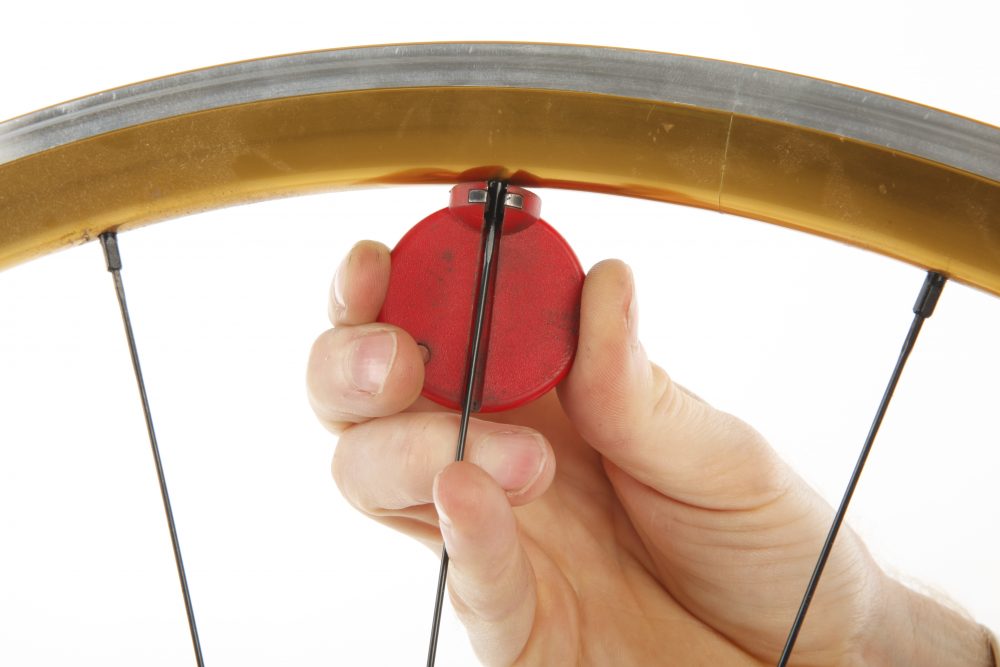
Happily, broken spokes on road bikes are few and far between, especially when compared to our mud loving cousins, anyway.
But if you ride over a deep pot hole, perhaps hit some debris or, have a nasty crash then you could end up with a broken spoke.
>>> Nine great deals on must-have tools to start your home workshop
Truing a wheel isn't the easiest job, so if your rim is proper borked then it's probably worth taking it to a shop – especially if you have some fancy-pants wheels or the like.
However, if you're using standard rims then with the help from this video you'll be able to work it out.
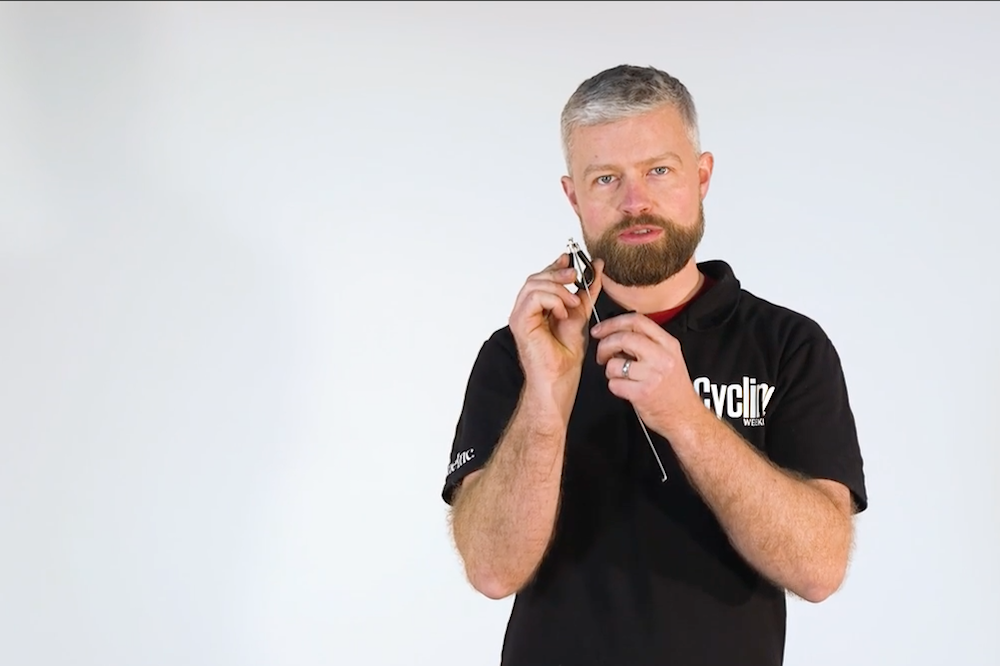
To get started, you'll need to strip the wheel down. That means removing it from the bike, removing the tyre, inner tube and rim tape then locating the broken spoke.
Tool-wise, you'll only need a spoke key and the right length spoke and correct nipple. Make sure these are both good quality as otherwise you run the risk of just rounding it off.
Get The Leadout Newsletter
The latest race content, interviews, features, reviews and expert buying guides, direct to your inbox!
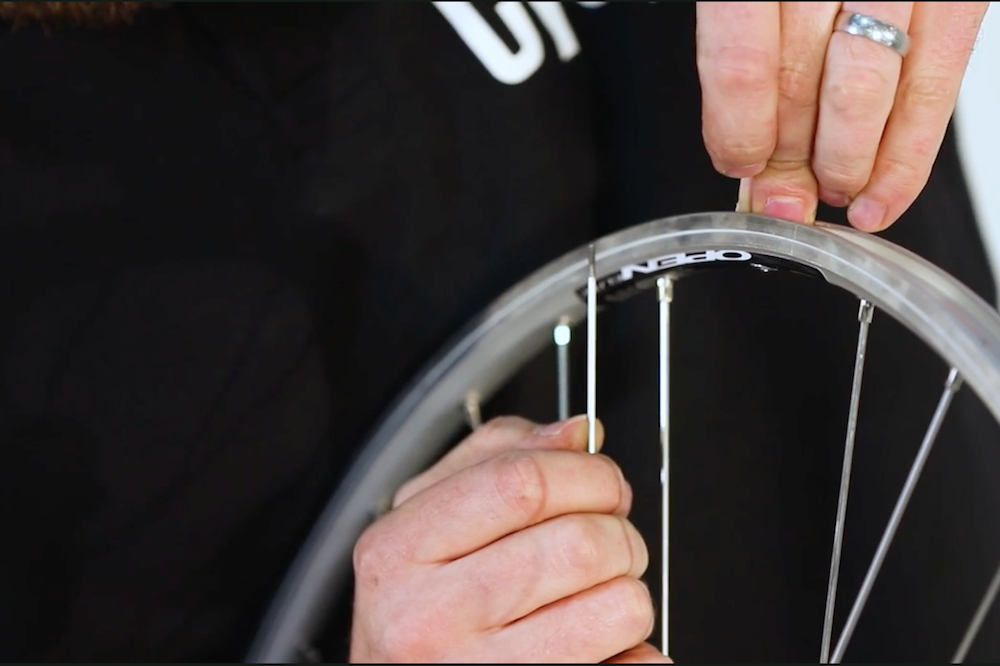
Once you've located the broken spoke you'll need to remove it from the rim. Fitting the new spoke is all about aligning it with the pattern of the others already attached to the hub. For example, count how many spokes are crossed in the wheel and whether it is head out or elbow out in the flange.
>>> Do you need carbon wheels?
With the spoke threaded through the flange and arranged in the existing order you now need to thread the nipple on. You can use a screw driver or even a match to get it on.
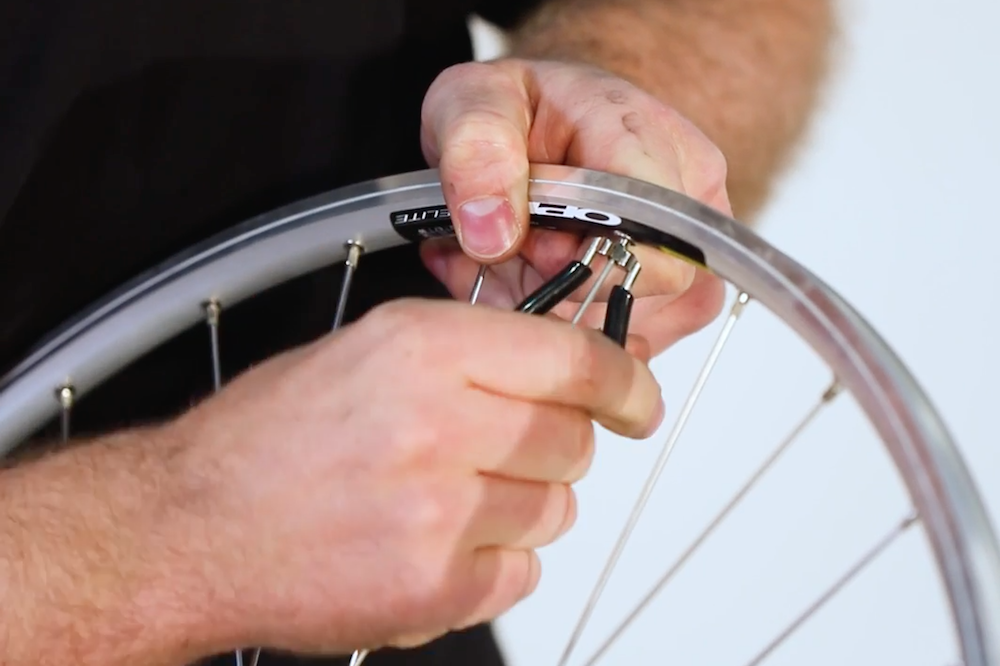
Naturally, the tension will be very low so now it's time to get the spoke key involved. It seems odd, but to get the tension correct is going to involve some spoke plucking and squeezing – as this gives you an idea of how tight they are compared to those around them.
Once done, you can now check the trueness of the wheel by fitting it back in a bike frame. First re-apply the rim tape to protect your eyes and face from potential flying spokes.
Now, spin the wheel and check for up and down movement, or left and right movement, using your brake pads as a reference.
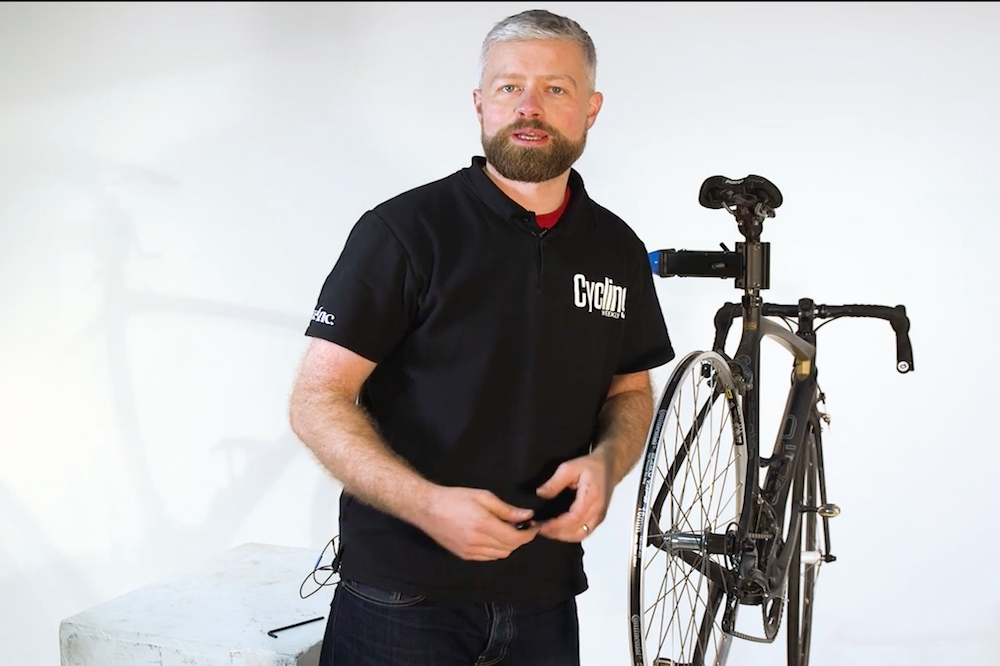
If you do locate an issue, check which side the wheel is pulling to. If it's the left, then chances are you've over-tensioned a non-drive side spoke, and the right means the same for the drive side.
If the wheel is really out of true then it's probably best left to a professional as it either won't be rideable, or it'll be close to a total failure if you take it out on the roads.

Thank you for reading 20 articles this month* Join now for unlimited access
Enjoy your first month for just £1 / $1 / €1
*Read 5 free articles per month without a subscription

Join now for unlimited access
Try first month for just £1 / $1 / €1
-
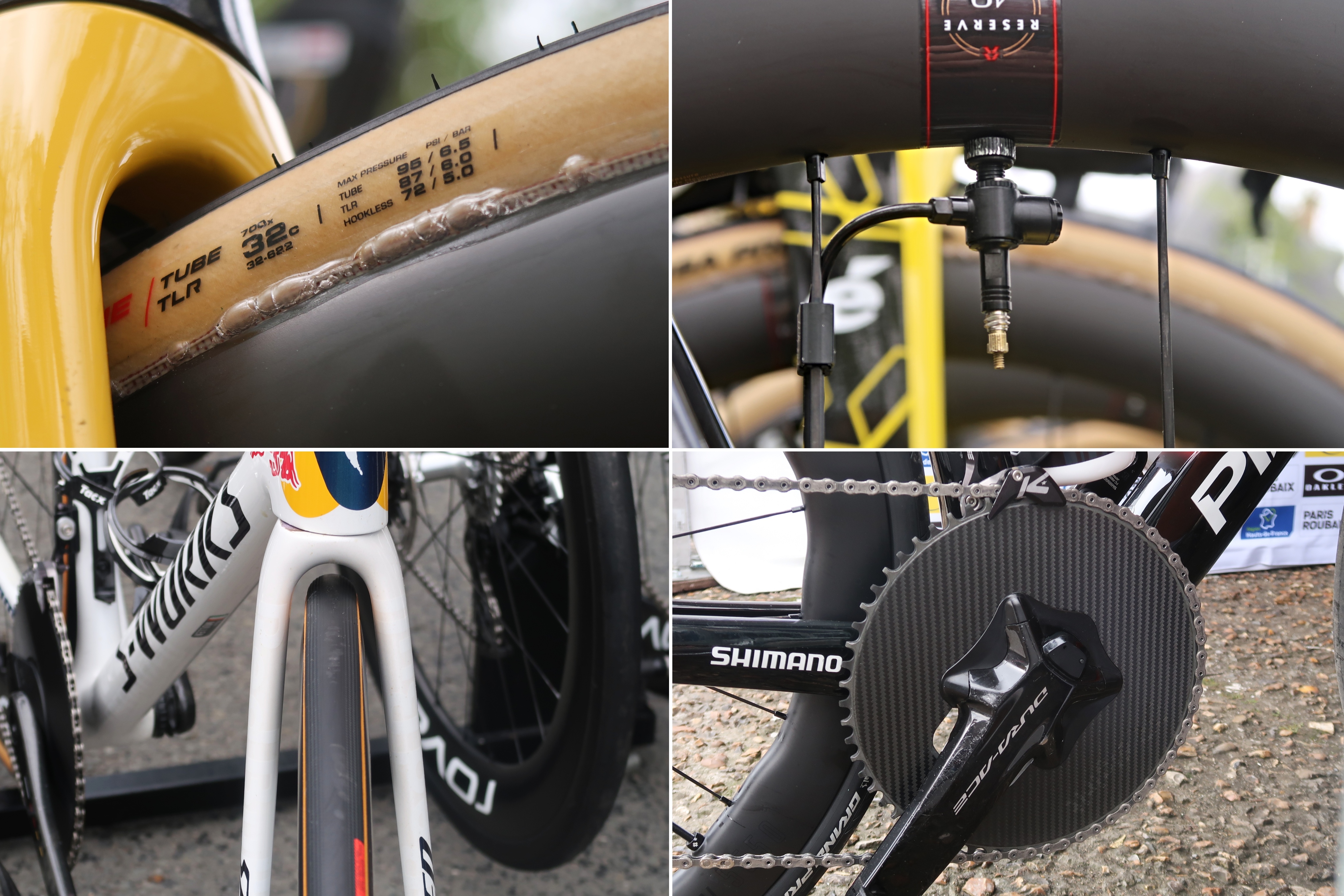 Unreleased wheels, monster chainrings, and surprisingly skinny tyres: Six tech insights from Paris-Roubaix
Unreleased wheels, monster chainrings, and surprisingly skinny tyres: Six tech insights from Paris-RoubaixHere's all the tech mods we spotted at the men's 'Hell of the North'
By Tom Davidson Published
-
 'I'll take a top 10, that's alright in the end' - Fred Wright finishes best of British at Paris-Roubaix
'I'll take a top 10, that's alright in the end' - Fred Wright finishes best of British at Paris-RoubaixBahrain-Victorious rider came back from a mechanical on the Arenberg to place ninth
By Adam Becket Published